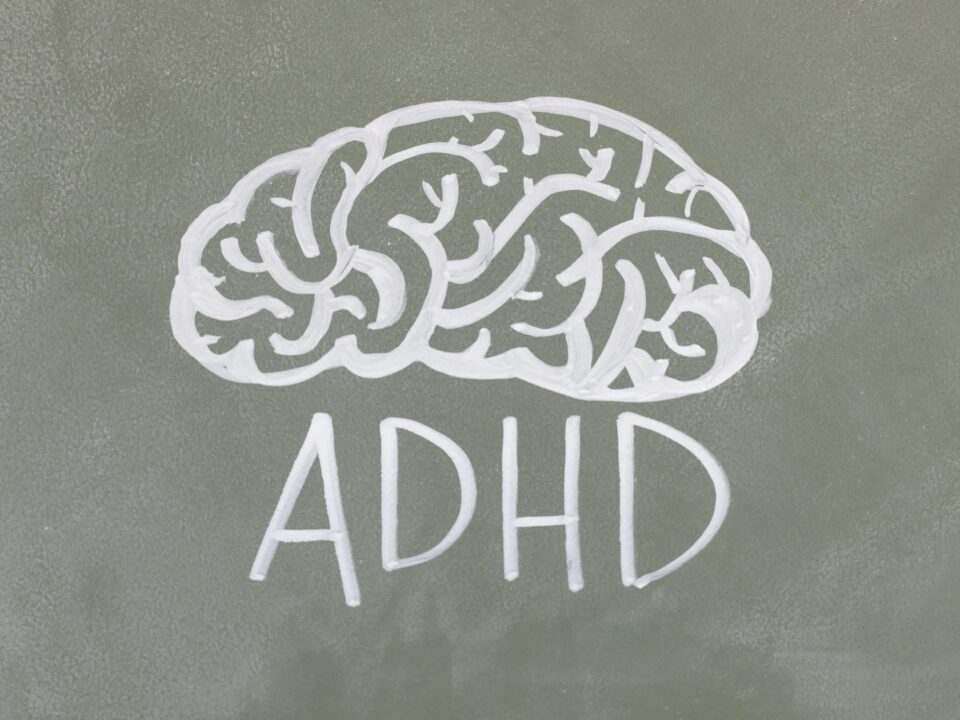Condition Cross-over: Why is it so common?

Featured Image by Andrea Piacquadio, Pexels.com
Blog post updated on 28th February 2022.
Condition cross-over in the case of neurodiversity is when someone has more than one type of neurodivergence. For example, one person could have both dyslexia and autism while another person could have both dyspraxia and ADHD.
Below are some examples of how one condition may accompany another.
ADHD and Autism

Image by Polesie Toys, Pexels.com
According to CHADD, “More than half of all individuals who have been diagnosed with ASD also have signs of ADHD.” ADHD is the most common additional type of neurodivergence that coexists in people with autism. Up to a quarter of children who have “ADHD have low-level signs of ASD.”
The National Autistic Society also states that “ADHD is common in people with autism” and lists some other conditions that are often diagnosed alongside autism such as dyslexia, dyspraxia, epilepsy and Down’s syndrome.
One reason why ASD and ADHD coexist is that they both affect the central nervous system, “which is responsible for movement, language, memory, and social and focusing skills.” Both conditions affect the brain’s responsibility “for decision making, impulse control, time management, focus and organisation skills.”
While most children with ADHD can find it hard to focus, some children with ADHD as well as those with autism only focus “all their attention on one toy” and may not want to play with anything else.
Although ADHD alone can be successfully treated with medication such as Ritalin, it may cause side effects such as depression, irritability and social withdrawal in people who have both autism and ADHD.
People often confuse autism with ADHD due to their social and behavioural elements as well as both conditions starting with the same letter.
Dyslexia and Dyspraxia

Image by Leah Kelley, Pexels.com
According to the Dyspraxia Foundation and Read and Spell, around half of people who have dyslexia also show signs of dyspraxia, one of the most common condition cross-overs.
People who have both dyslexia and dyspraxia can have an ‘inadequate sense of direction,’ especially in terms of poor map-reading skills.
Symptoms of both dyslexia and dyspraxia that can affect speech include ‘talking late,’ having unclear speech and being ‘unable to pronounce some words,’ especially if the words are unfamiliar.
Although people who have both dyslexia and dyspraxia ‘find that learning takes longer’ and it can affect their self-esteem, they ‘tend to be holistic problem solvers and intuitive, creative thinkers.’
‘Dyslexia and dyspraxia are examples of SpLD,’ which stands for Specific Learning Difficulties.
Like autism and ADHD, dyslexia and dyspraxia can be confused with one another due to them also beginning with the same letter and having similar suffixes as well as them affecting areas in speech and direction and being SpLDs.
Random Crossovers

Image by Pixabay, Pexels.com
Anna was diagnosed with dyspraxia and Asperger syndrome at the age of 6 or 7. She has difficulty with understanding depth and height such as a low sea wall seeming high for her. While Anna has struggled with co-ordination in sport and can find knitting fiddly, she finds gripping a pen okay.
Nat has dyslexia, dyspraxia and autism. He mentioned this in his TED Talk he presented whilst working in the U.S.A. There is a video on the Exceptional Individuals YouTube channel where he determines if dyslexia and autism are linked. It is confirmed that both dyslexia and autism are linked and that people with autism or dyslexia can also have dyspraxia or ADHD. He has described living with dyspraxia and autism as living upside down and he uses a pair of upside-down goggles to demonstrate both types of neurodivergence.
People who have both dyslexia and autism can experience both literary and social issues such as struggling to read and finding it hard to mix with others. They can also experience symptoms such as being over-sensitive or under-sensitive to noise, bright lights, smell, pain and touch as well as find it hard to understand jokes.
A person who has mild to moderate dyslexia might not be physically affected; however, they are more likely to be physically affected if they also have autism, dyspraxia or ADHD in terms of repetitive motions (e.g. rocking or spinning), falling or tripping or running very fast.
Conclusion
Condition crossovers are more common if ADHD and autism coexist with one another or dyslexia and dyspraxia concur with each other, although some crossovers can be more random such as autism coinciding with dyspraxia.



